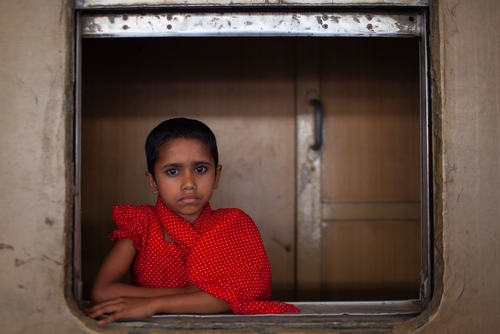Selective abortion, or sex-selective abortion, is the practice of aborting a fetus on the basis of its sex. In Bangladesh, the use of ultrasonography to determine the sex of a fetus has led to the selective abortion of female fetuses due to the country’s patriarchal traditions.
This has resulted in a decline in the natural sex ratio (SR) and poses challenges to maternal and child health. Abortion is illegal in Bangladesh except in cases where it is required to save a woman’s life. In 2014 alone, untrained providers and/or unsafe conditions led to the performance of nearly 1,194,000 abortions.
In this article, we will delve into the medical perspective of this issue and the implications of a declining SR.
Selective Abortion
The natural SR is typically over 100 as the number of girls born is naturally lower than the number of boys. However, Bangladesh has experienced a decline in the SR, with an SR of 98.04 according to the 2022 census. The use of ultrasonography to determine the sex of a fetus and patriarchal traditions have led to the selective abortion of female fetuses. Traditionally, society views male children as breadwinners and providers, considering them essential for continuing the family name and lineage. Meanwhile, patriarchal traditions and dowry expectations often view female children as a financial burden with limited opportunities for education and career advancement. This has resulted in a higher number of abortions in Bangladesh, contributing to a declining SR and posing challenges to maternal and child health.
Medical Perspective
Bangladesh has illegalized abortion except when it is necessary to save a woman’s life. In 2014 alone, untrained providers and/or unsafe conditions led to the performance of nearly 1,194,000 abortions. According to the Guttmacher Institute, the annual abortion rate in Bangladesh for the same year was 29 per 1,000 women between the ages of 15 and 49.
Menstrual regulation (MR), a form of abortion, is legal in Bangladesh up to 13 weeks of conception. The government legalised it in 1974 to reduce the burden of unintended conception as the use of modern contraceptive methods was low at that time. Although the use of modern contraceptive methods is currently on the rise, around 22 percent of live births are still unintended at conception. Furthermore, Bangladesh is experiencing a stagnation in the use of modern contraception, resulting in an increase in births due to contraceptive failure, and up to 48 percent of eligible couples still do not use modern contraception. Therefore, a complete ban on MR in Bangladesh may not be appropriate.
However, the use of ultrasonography to determine the sex of a fetus after the seventh week of pregnancy and the legalisation of MR services up to 13 weeks give a window of around six weeks to selectively abort female fetuses. Not only does this contribute to a declining SR, but it also poses challenges to maternal and child health as untrained providers mostly perform abortions outside formal healthcare facilities, which accounts for 13 percent of total maternal mortality in the country.
Implications
The implications of a declining SR are significant and far-reaching. It has the potential to create huge social and economic issues. They include:
- Gender imbalance in the country’s population
- Sharp rise in violence against women
- Create a shortage of brides leading to a rise in bride trafficking and forcible marriage of widows
- Surplus of unmarried men, leading to a rise in crime rates.
To address this issue, the government needs to ensure that healthcare and associated personnel do not disclose the sex of an unborn child by any means. They need to invest more in increasing women’s education and empowerment. Also, they need an awareness campaigns to promote the value and importance of girls and women and gender equality. It is crucial to ensure that no female fetus is aborted in Bangladesh. Additionally, a female fetus’ equal right to be born as much as a male fetus must be enforced.
Moreover, increasing the availability and accessibility of modern contraception methods can help. It would reduce unintended pregnancies and decrease the need for abortion. We should make safe and legal abortion services available to women who require them, to prevent unsafe and illegal abortions.
Conclusion
In conclusion, the issue of selective abortion in Bangladesh is a complex and multifaceted problem that requires a comprehensive solution. The government, healthcare professionals, and society at large must work together to promote gender equality, ensure reproductive rights, and prevent the selective abortion of female fetuses. Only through collective effort and sustained action can we address this issue and ensure a better future for all.












